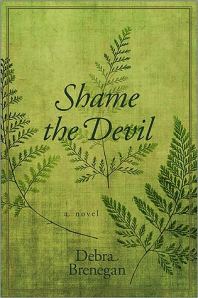By Debra Brenegan
In the mid-1800s, many women had one career objective – marriage. With few opportunities for higher education and adequate-paying jobs, it made sense that women focused on marriage as a means to future survival.
Enter Fanny Fern, the highest-paid, most-popular writer of the 1850s and 60s.
Fern (who most of us have never heard of) was admired by Nathanial Hawthorne, served as Walt Whitman’s literary mentor, outsold Harriet Beecher Stowe and played the part of nineteenth-century “Oprah” to her hundreds of thousands of fans.
When Fern wrote, people paid attention. They adored her spunk and sarcasm, her grit and courage. So, when Fern wrote in one of her weekly New York Ledger editorial columns that “marriage was the hardest way to get a living,” people took notice. Fern was no stranger to marriage. She was widowed once, escaped a second abusive marriage and eventually married a third man eleven years her junior.
She had learned a few lessons along the way. First, that men of her time handled the money – not because they were better at it (her first husband amassed loads of bad business debt), but because they had the legal right to. Likewise, women had no legal right to their children (even if a husband turned out to be abusive). Lastly, if a woman happened to have a career of her own, her husband could legally make all decisions regarding that career, including if and when said career would end.
Fern had been burned by the social and legal constraints of the day and wrote columns advising women to make their own ways in the world, to embrace education and non-traditional careers as a final solution to personal survival. Hence her famous words about marriage . . . and the fact that she married for the third and last time only after she penned one of the country’s first prenuptial agreements, which her egalitarian husband happily signed.
Debra Brenegan is an Assistant Professor of English and Women’s Studies at Westminster College. Her historical novel, Shame the Devil, is based on the remarkable and true story of Fanny Fern.

